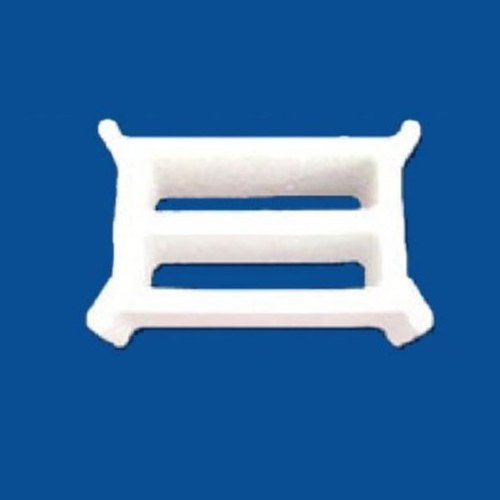In the vast realm of urban planning, architecture, and design, one term that consistently emerges is "grid block." This fundamental concept serves as the backbone for organizing spaces, guiding layouts, and influencing the aesthetics of various environments. In this article, we delve into the essence of grid block, unraveling their significance and exploring their diverse applications.

Understanding Grid Blocks: A Fundamental Framework
At its core, a grid block refers to a system of intersecting lines that create a network of squares or rectangles. This framework serves as a guide for organizing spaces, whether they be city streets, architectural layouts, or digital interfaces. The primary goal of a grid block is to establish order, symmetry, and a clear structure within a given area.
The Origins and Evolution of Grid Blocks
The concept of grid blocks has ancient roots, dating back to civilizations that prioritized geometric order and precision in their city planning. Notable examples include the grid-like layout of ancient Roman cities and the meticulous urban planning in certain ancient Chinese and Mesopotamian settlements.
As time progressed, the Renaissance period witnessed a resurgence of interest in classical ideals, leading to the revival of grid-based planning in European cities. Fast forward to the present day, and we find grid blocks deeply embedded in the urban landscapes of major cities worldwide.
Applications of Grid Blocks in Urban Planning
-
Efficient Transportation Networks: One of the key advantages of grid blocks lies in their ability to facilitate efficient transportation. Straight, interconnected streets make navigation straightforward, reducing congestion and enhancing accessibility.
-
Zoning and Land Use: Grid blocks often play a crucial role in zoning regulations and land-use planning. The systematic arrangement of spaces allows for the delineation of residential, commercial, and recreational areas, contributing to a harmonious coexistence of different functions within a city.
-
Architectural Design Principles: Architects frequently use grid blocks as a design tool to create visually appealing and functional structures. The modular nature of grids provides a framework for building facades, room layouts, and overall architectural compositions.
-
Digital Interfaces and Web Design: In the digital realm, the concept of grid blocks extends to user interfaces and web design. Designers use grid systems to organize content, ensuring a clean and user-friendly experience. This application emphasizes the adaptability and versatility of grid blocks across diverse disciplines.
Challenges and Criticisms
While grid blocks offer numerous benefits, they are not without challenges and criticisms. Some argue that overly rigid grid systems may stifle creativity and result in monotonous urban landscapes. Striking a balance between order and innovation becomes crucial to address these concerns.
Conclusion: The Enduring Legacy of Grid Blocks
In conclusion, the concept of grid blocks stands as a testament to the enduring quest for order and organization in our built environments. From ancient civilizations to modern metropolises, the grid block has proven to be a versatile and adaptive tool in shaping the way we live, move, and interact. Embracing the simplicity and informativeness of grid blocks allows for the creation of spaces that seamlessly blend functionality with aesthetic appeal, leaving an indelible mark on the landscapes of our cities and the designs of our digital interfaces.

No comments yet